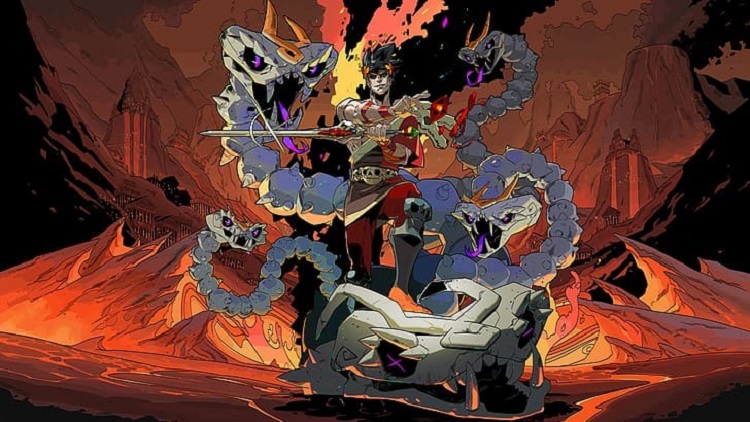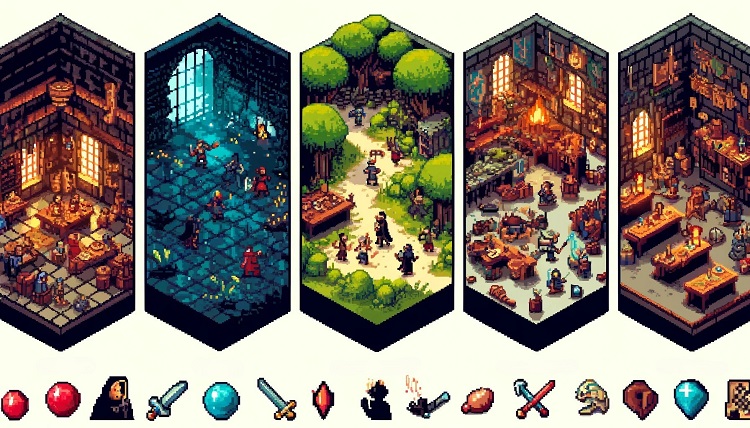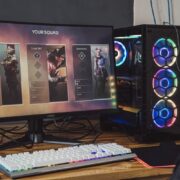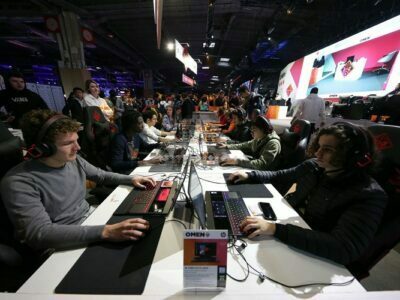Roguelike games hold a special place in the gaming world for their distinctive features and challenging gameplay. For beginners, they can initially seem daunting, with their harsh mechanics and punishing difficulty. However, their depth, replayability, and rewarding sense of progression make them a favorite for those who enjoy challenging their skills.
At their core, roguelikes offer a thrilling blend of exploration, strategy, and combat that keeps players coming back for more. Whether you’re navigating randomly generated dungeons or battling hordes of enemies in search of loot, roguelikes offer an ever-changing, engaging experience that tests your tactical skills.

Table of Contents
Brief Overview of Roguelike Video Games
The term “roguelike” originated from a game called Rogue, developed in the early 1980s. Rogue featured procedurally generated dungeons, permadeath, and a turn-based system. Players navigated a grid-like map, battling monsters and gathering loot with the looming threat of permanent death. The game was so influential that other games that shared similar mechanics were later referred to as roguelikes.
Over time, the genre evolved and diversified. The 1990s and 2000s saw the emergence of games like Nethack and ADOM, which expanded on the formula with more complex mechanics and deeper narratives. In recent years, modern roguelikes like Hades and Dead Cells have introduced action-packed gameplay and vibrant visuals, making the genre more accessible to a broader audience.

5 Features of Roguelike Video Games
Random Environment Generation
A defining characteristic of roguelikes is procedural generation. Instead of fixed levels, roguelikes generate their environments algorithmically, ensuring each playthrough is unique. This randomization keeps players on their toes, as they must adapt their strategies based on the unpredictable layout of enemies, traps, and loot.
Permadeath
Permadeath is a staple of roguelikes, meaning once your character dies, you lose all progress and start over from scratch. While this may seem punishing, it’s integral to the roguelike experience. The knowledge that each mistake is permanent encourages players to learn from their failures and improve with each run.
Grid-based and Turn-based Mechanics
Roguelike games often feature grid-based maps where each movement or action corresponds to a tile on the map. In classic roguelikes, gameplay is also turn-based, allowing players to plan their moves without being rushed. This strategic pacing lets players consider their options carefully before engaging enemies or exploring new areas.
Complexity
Roguelikes are known for their deep gameplay, often presenting players with multiple paths to achieve their objectives. Managing limited resources, choosing the right upgrades, and deciding when to fight or flee are essential parts of the experience. This complexity encourages creative problem-solving and rewards players who can adapt to changing conditions.
Hack and Slash
Many roguelikes embrace a “player versus the world” mentality, pitting players against waves of monsters in intense combat. The hack-and-slash nature of roguelikes means players must hone their combat skills to survive, making every encounter a test of skill and strategy.
Top 3 Notable Roguelike Video Games
Ocean Keeper
Ocean Keeper is an exciting upcoming title that takes the roguelike formula underwater, showing whats a roguelike game. In this game, players control a massive robotic spider, exploring the ocean floor and remnants of a long-lost civilization.

The game’s procedural generation ensures that each dive into the ocean depths offers a unique layout filled with hidden treasures and lurking dangers.
- Players will encounter ever-changing environments, requiring them to adapt their strategies with each dive.
- With permadeath in place, each death means starting anew, but also offers a chance to improve with each run.
- The game’s grid-based navigation and turn-based combat offer a strategic depth that complements its vibrant isometric world.
Ocean Keeper embraces the essence of roguelikes by incorporating procedural generation, permadeath, and a unique mix of exploration and combat.
Players will need to balance resource management, exploration, and tactical combat to survive the depths and uncover the ocean’s secrets.
Dead Cells

This fast-paced action roguelike mixes platforming with hack-and-slash gameplay. Players control a warrior exploring a cursed island, battling foes and uncovering power-ups to enhance their abilities.
Hades

A modern roguelike, Hades features stunning visuals, fast-paced combat, and deep storytelling. Players take on the role of Zagreus, the son of Hades, fighting his way out of the underworld with the help of various Olympian gods. The game combines procedural generation, a vibrant cast of characters, and rich lore to create a highly replayable experience.
Benefits of Outsourcing 2D Animation for Roguelike Games
2D animation outsourcing in roguelike games has become increasingly common, offering developers numerous advantages in terms of creativity, efficiency, and cost.
Roguelike games, with their procedural generation and permadeath mechanics, often require a steady flow of unique visual assets to maintain player engagement. Outsourcing 2D animation allows developers to focus on core gameplay while leveraging external expertise to enhance the game’s visual appeal.
Many roguelike games have successfully outsourced 2D animation to enhance their visual appeal. For instance, games like Dead Cells and Spelunky benefited from external animation studios, which helped the developers bring their characters and environments to life with fluid and captivating animations.

Considerations for Outsourcing 2D Animation in Roguelike Games
- Communication and Collaboration: Clear communication is crucial to ensure that the outsourced animation matches the vision for the game. Regular updates, feedback loops, and collaborative tools can help keep the animation on track.
- Quality Control: Establishing quality standards and milestones ensures that the delivered animations meet the expected level of quality. This helps maintain consistency across the game’s visual elements.
- Intellectual Property Management: Developers should have clear contracts and agreements with outsourcing partners to secure intellectual property rights and ensure that the game’s assets are protected.
Roguelike games offer a thrilling blend of unpredictability, challenge, and reward. Their procedural generation, permadeath, and strategic depth make them a unique genre that continues to captivate players. Whether you’re a beginner or a seasoned gamer, roguelikes offer endless adventures for those brave enough to face the challenge.










Comments